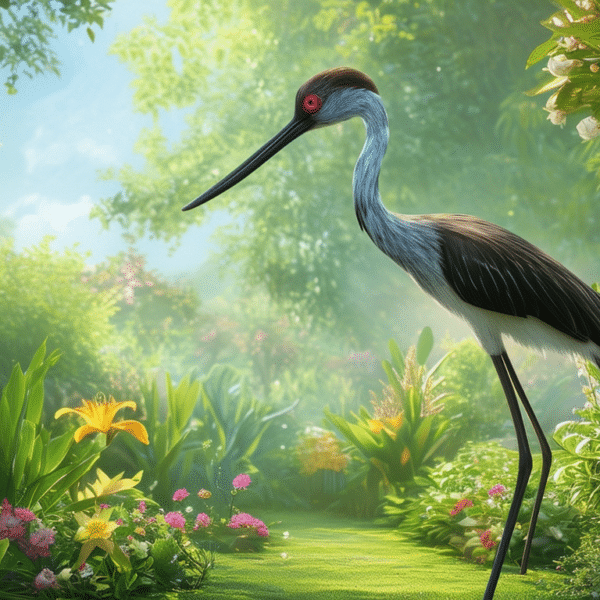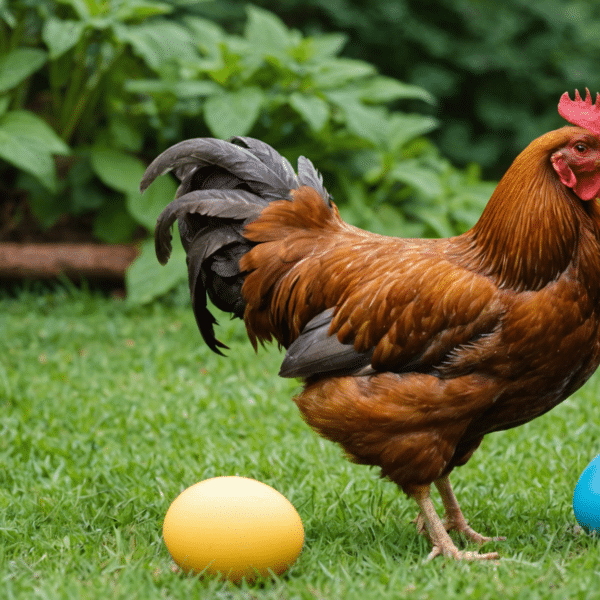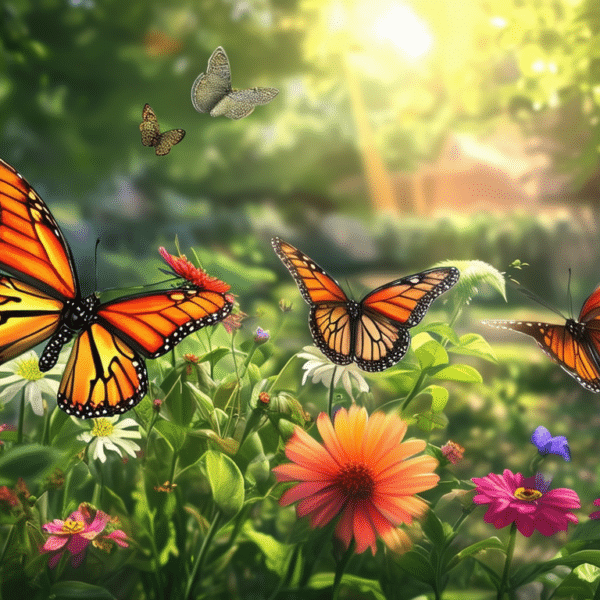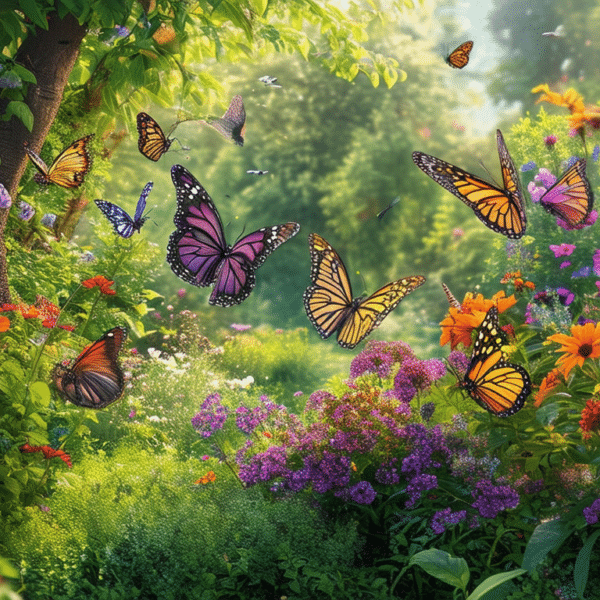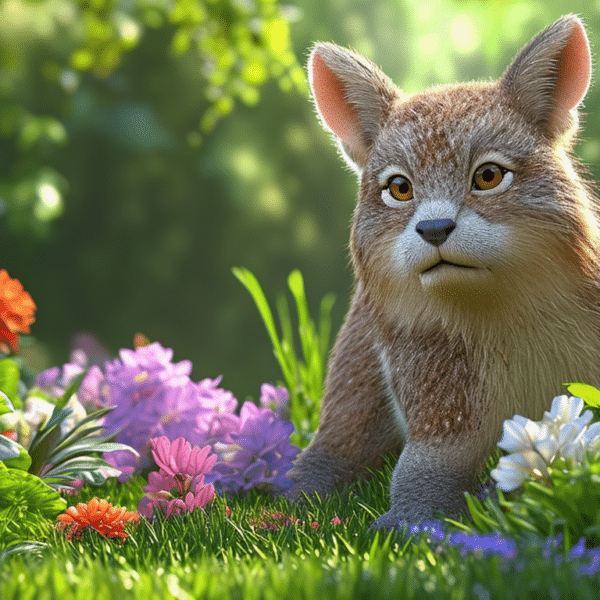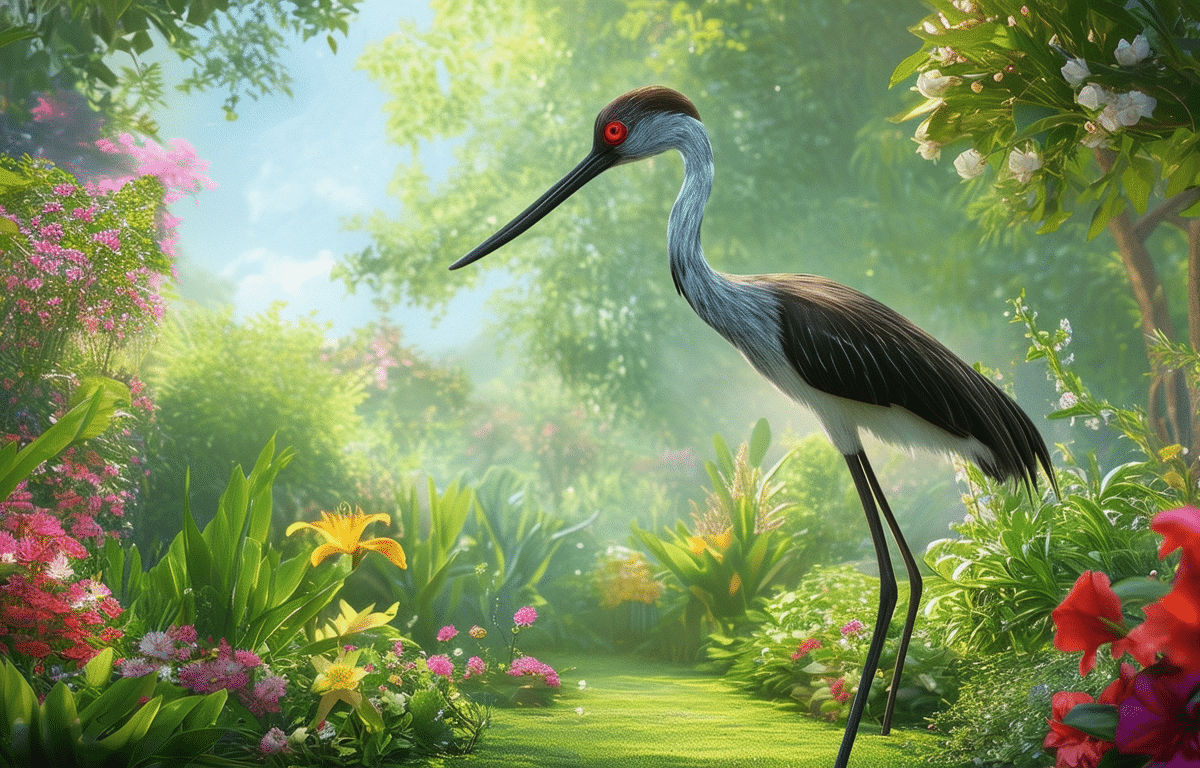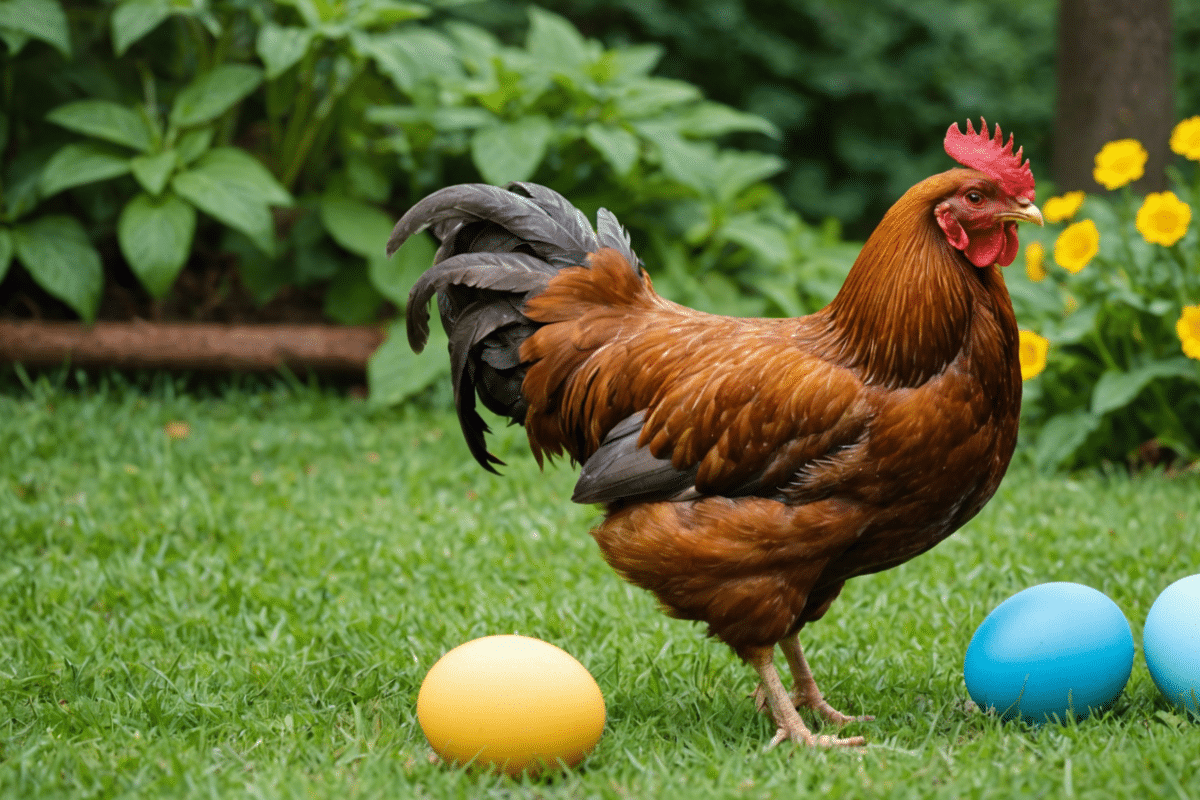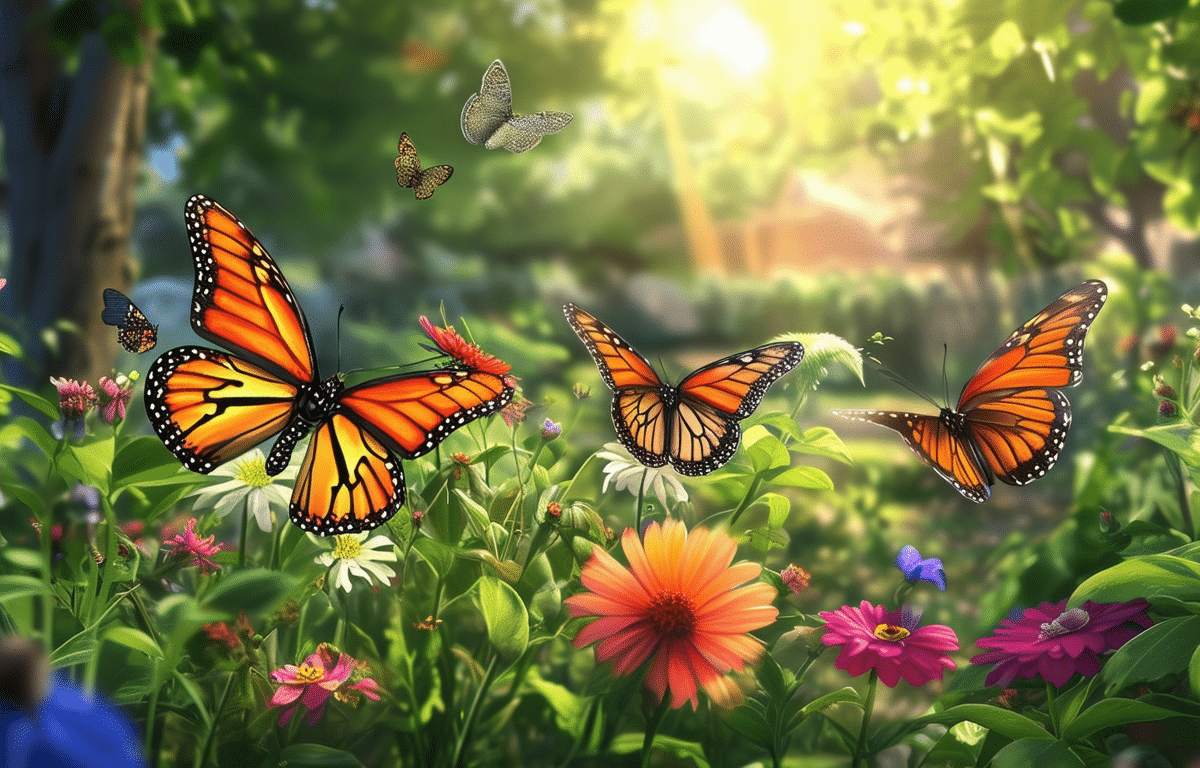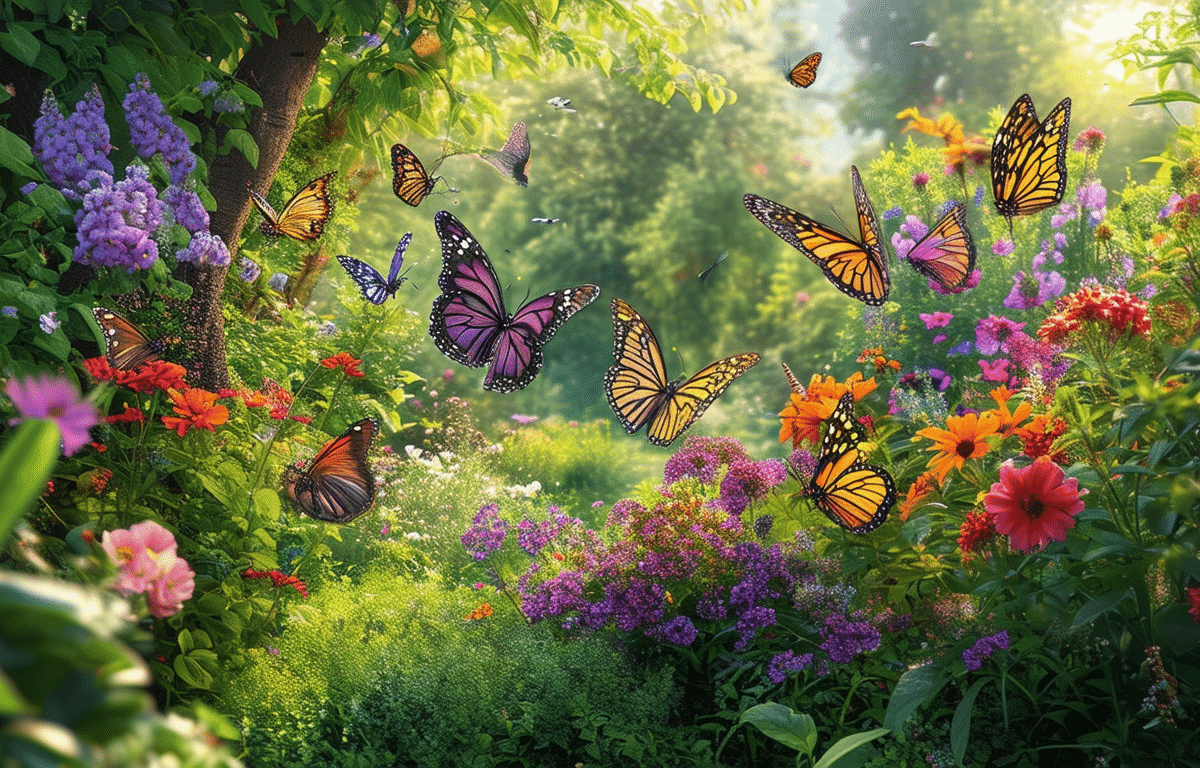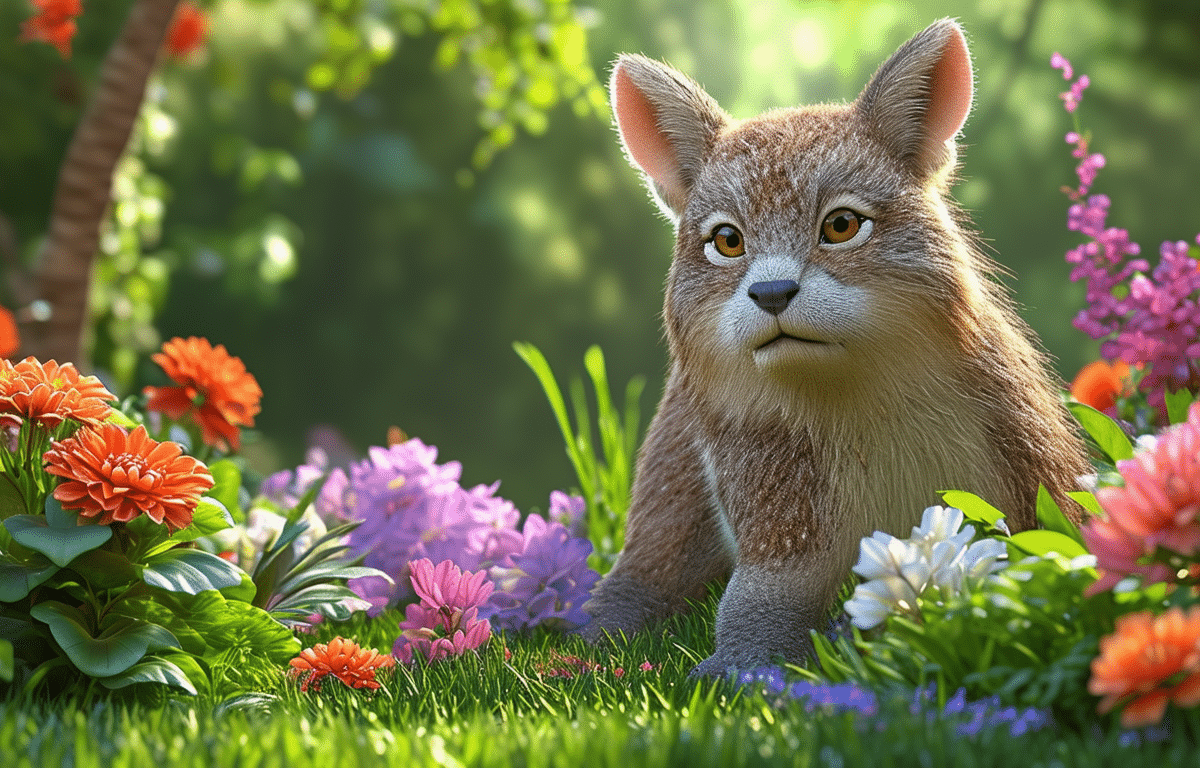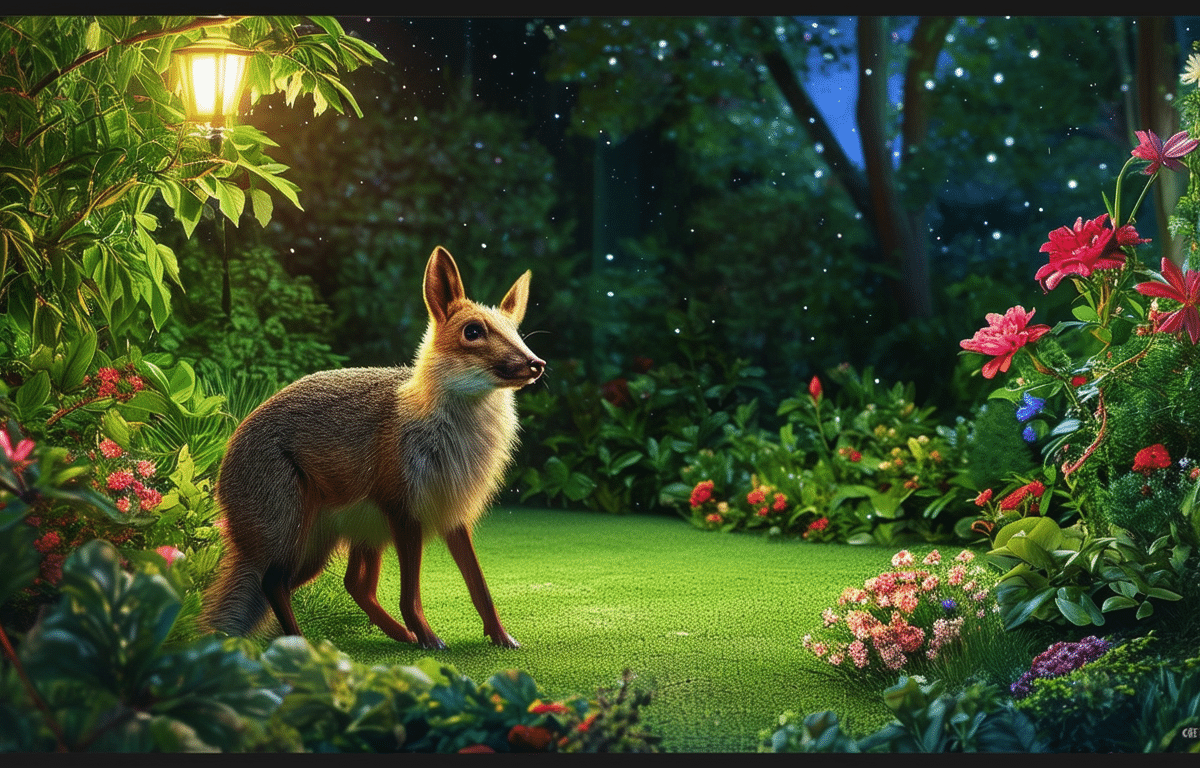Content
Welcome to the fascinating world of outdoor living! Today, we are going to explore a unique spin on our regular plant and gardening discussion. Do you have a tortoise friend at home or planning to get one? Well, then stick around, as today’s topic might be particularly interesting!
Anyone who’s kept a tortoise knows that these delightful creatures are not just any pet. They need carefully curated surroundings to thrive, and this extends, significantly, to their enclosure’s plant life. Plant choice is crucial because not only do these plants contribute to the enclosure’s aesthetic appeal, but they also serve as a source of nutrition and enrichment for our shelled friends.
Choosing the right plants can be a little tricky. As tortoise keepers, we want to ensure the selections are non-toxic, suitable for the tortoise’s natural diet, and resilient enough to grow in the enclosure. So, which plants best meet these criteria?
It’s not just about finding plants that will survive, it’s about discovering those that will thrive and contribute positively to the tortoise’s well-being.
From edible weeds and flowering plants to lush green succulents – there is an array of choices out there. So whether you’re just starting out with your first tortoise or if you’re an experienced keeper looking to enrich your pet’s environment even further, you’ve landed in the right place.
It’s time to delve deep into the world of flora and learn more about the best plants for tortoise enclosures, creating an oasis for your beloved reptile companion. Let’s begin our green journey together!
Embrace nature’s wonders by creating a nourishing tortoise enclosure filled with plants. Here, we will explore the best vegetation to include for your shelled friend, and how you can cultivate a natural habitat that offers both nutrition and enrichment.
Why plants are essential in a tortoise enclosure
Plants play a vital role in a tortoise enclosure. Not only do they provide an excellent source of food, but also offer cover and stimulate natural behaviors.
Creating a bioactive tortoise enclosure with plants helps cater to both the physical and mental health of your tortoise.
Herbs and grasses: nutritious options for your shelled friend
Herbs and grasses are crucial in a tortoise’s diet and are easy to cultivate in an enclosure. Some top picks include:
- Dandelion: Rich in calcium and Vitamin A, these are a favorite among many tortoises.
- Clover: A great source of protein and fiber, this is an excellent option for tortoises.
- Timothy grass: This grass is rich in fiber, encouraging good digestive health.
Leafy greens: a tortoise’s delight
In addition to herbs and grasses, leafy greens like collard greens, turnip greens, or mustard greens are essential. These provide a mix of vitamins and minerals that promote tortoise health.
Whilst incorporating plants into the tortoise enclosure, it’s key to avoid species that might be harmful to them. Plants like azaleas, buttercups, and most ivy varieties are toxic to tortoises. Always do your research before introducing a new plant variety to the enclosure.
Best plants for tortoise enclosures: FAQ
Q: Can tortoises eat succulents?
A: Yes, many tortoises enjoy munching on succulents. They’re a rich source of water and can be especially beneficial for desert species. However, some types such as Euphorbias are toxic and should be avoided.
Q: Can I use plants from my garden in the tortoise enclosure?
A: Yes, but make sure they haven’t been treated with pesticides and aren’t toxic to tortoises.
Q: How often should I add fresh plants to the enclosure?
A: It depends on the size of your enclosure and the number of tortoises you have. Typically, fresh plants should be added every few days or when you notice the existing ones getting depleted.
Q: Do all tortoises eat plants?
A: Most tortoise species are herbivores, so they love eating plants! Some species like the Red-Footed Tortoise also enjoy fruits and even protein sources like worms.
Creating a healthy and enriching environment for your tortoise involves curating a variety of plant species that offer both nourishment and entertainment. With proper research and care, you can cultivate an enclosure that closely replicates your pet’s natural habitat.
Referenced Source: Tortoise Trust Web – A Practical Guide to Avoiding Dietary Disasters
Every little effort counts and together we can pave the way for a better future. By embracing nature, we learn to appreciate the beauty around us. It invokes a sense of peace, happiness, and fulfillment that technology often fails to match.
I hope you enjoyed our journey into the tranquil world of outdoor living with tortoises as our focus today. Did you find this article insightful? Would you consider giving these practices a try? I’d love to hear your thoughts! If you found this piece helpful or inspiring, I encourage you to share it with your family and friends.
Come back soon for more insights on gardening, raising animals, sustainable practices and much more. Together we can continue exploring the simple yet profound joys that nature has to offer. Until then, keep exploring, keep growing, and keep nurturing!


